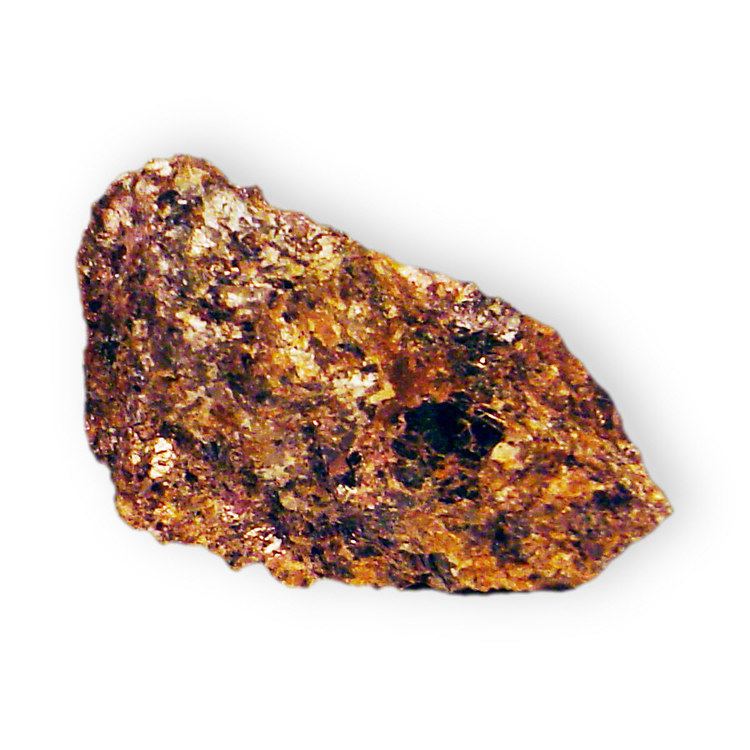Formula(repeating unit) (Mg,Fe)3Al2(SiO4)3 Fracture conchoidal | ||
 | ||
Color light to dark purplish red through reddish purple Cleavage none, may show indistinct parting | ||
Rhodolite is a varietal name for rose-pink to red mineral pyrope, a species in the garnet group. It is found in Cowee Valley, Macon County, North Carolina. The name is derived from the Greek for "rose-like", in common with many pink mineral types (e.g. rhodochrosite, rhodonite). Rhodolite itself is not officially recognized as a mineralogical term. This coloration, and the commonly inclusion-free nature of garnet from this locality, has led to rhodolite being used as a semi-precious gemstone.
Gemmological properties
Rhodolite garnets appear as transparent red gemstones. The color may vary from a rose-pink, a purple-pink, a purple-red, to a raspberry-red.
Chemically, the rhodolite is a mix of pyrope and almandine garnets, part of the pyrope-almandine solid-solution series, with an approximate garnet composition of Py70Al30.
The color of rhodolites, combined with their brilliance, durability, and the accessibility of stones with no visible inclusions have brought about some demand for the stone in the jewelry industry. Rhodolites used in jewelry are generally faceted to make good use of their brilliance, though they also exist in cabochon form.
Some rhodolites will change color from purplish to a hessonite brown when heated to a temperature of 600 °C. This process cannot be reversed.
